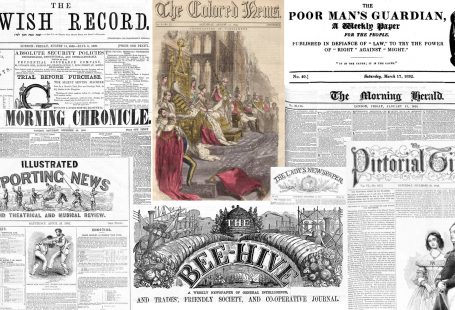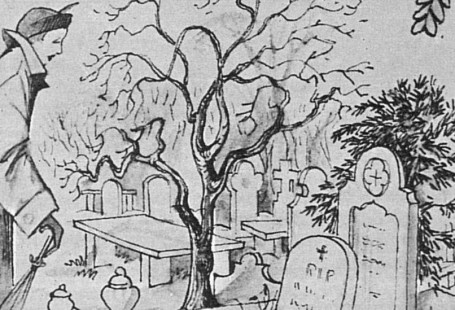Continuing our commemoration of the 75 years since VE-Day, in this special blog we explore the vital role that women played throughout the course of the Second World War.
In 1939, for a second time in just over twenty years, Britain found itself embroiled in an international conflict, and women stepped forward to work in civil defence, armed forces, and industry. Unlike any other country, for the first time, British women were conscripted into service. On 18 December 1941, the National Service No. 2 Act, required all women between the ages of 20 and 40 to register for wartime work. Later this would be extended to ages 19 to 50.


By 1943, almost half a million women were working the women’s branches of the armed forces and almost the same number of women were serving in the civil defence. For mothers working within the war industries, they still carried the responsibility of maintaining a balanced home life. After working long hours in the factory, they had to queue for their rationed shopping, cook a meal at home for their children, and then continue with housework and mending clothes. Furthermore, in towns across Britain, women became combatants on the front line during the German Blitzkrieg. The effects of living through the German bombing campaigns took its toll on the population both physically and mentally.
War-Time Service

Women were able to choose from a number of organisations and services. We have pulled out some articles from The British Newspaper Archive to demonstrate the range of organisations and branches where women contributed.

Women’s Auxiliary Air Force (WAAF)
The WAAF, like many of these services, was first introduced into the armed forces during the First World War. Women between the ages of 18 and 30, of good education and ‘absolute integrity’, were recruited. The women of the WAAF were responsible for flying planes from the factories to the storage depots. They also worked as operators, drivers, clerks, and nurses.

Princess Mary’s Royal Air Force Nursing Service
The PMRAFNS was the nursing unit attached to the British RAF. The image below from The Sphere shows five of the initial nurses who joined the RAF’s first medical parachute unit. They were required to carry 200lbs of medical equipment.

Women’s Royal Naval Service (WRNS)
The WRNS or Wrens, as they were commonly referred to, were formed during the previous war and operated as an auxiliary force for the Navy. Women took over jobs on the shore, primarily clerical and domestic duties, in order to free more men for service with a fleet. The Bystander published a series of images of the Wrens, which displayed the various roles for women.

Auxiliary Territorial Service (ATS)

The ATS was revived during the Second World War. Women provided auxiliary support for the British Army. Along with culinary and clerical work, women within the ATS became anti-aircraft personnel, kinetheodolite operators (used to gather trajectory data of missiles and aircrafts), motor mechanics, and telephone operators. Women between the ages of 18 and 40 were recruited. The Britannia and Eve article below was published to encourage more women to join the ATS and explained the various roles available.


Civil Nursing Reserve
Women as young as 17 could join the Civil Nursing Reserve. Members of the CNR were intended for support in civilian hospitals and first aid posts. The reserve consisted of trained nurses, assistant nurses, and former auxiliary nurses. Women could join as full-time or part-time.

First Aid Nursing Yeomanry (FANY)
FANY was formed in 1907 to provide a transport service during the Boer War. During the Second World War, they were chiefly a service of ambulance drivers. However, beyond nursing activities, women also trained in wireless telegraphy and codes. FANY units served abroad. This letter to the editor published in The Scotsman described the work of the women in Calais. They set up base in two old schools equipped with 100 beds.

Thousands of FANY members were recruited for the Special Operation Executive and participated in secret missions and espionage. One of these women was Odette Sansom. While serving with the French Resistance Movement, Sansom was captured and tortured by the Gestapo. She was decorated with the George Cross for her contribution to the war.

Home Guard Auxiliaries
Women joined the Home Guard as auxiliaries to assist with secretarial work, telephone duties, and cooking. They were only allowed to perform non-combatant duties and were not given uniforms. They would take part in the night manoeuvers where they would carry heavy equipment and messages across open fields in the pitch dark.

Women’s Land Army

The Land Army was originally formed during the First World War and then disbanded once the war ended. The WLA significantly contributed to Britain’s food production. At its height, there were more than 80,000 members. As you can see in the image above, women lived together in hostels and worked in various jobs on farms. Wives and daughters of farmers and permanent land workers took on more prominent roles on the farms.


A recruitment image described the work as healthy and happy.
‘Make sure this country doesn’t go short of food. You’ll find it such a heathy, satisfying job, too, working among growing things, seeing crops ripen, and animals thrive. The countryside’s a friendly place ready to welcome you.’
The WLA had a special forestry branch, the Timber Corps. The image below shows a number of women lumberjacks in a Northumberland forest.

We have only taken a look at a number of services, but there are many more to discover in the newspapers: Women’s Voluntary Service, Queen Alexandra’s Imperial Military Nursing Service, Queen Alexandra’s Royal Naval Nursing Service, Royal Observer Corps, Red Cross, Fire Guard, Women’s Auxiliary Police Corps, and Voluntary Aid Detachments.
War-time industry

During the Second World War, millions of women were employed in war-centred industries. Whether women should receive the same amount as a man or whether they should receive an amount decidedly equivalent to the work, but still less than a man, was continuously debated throughout the war. Some unions fought for equal pay in order to deter factories from hiring women for a lesser rate than a man. In some industries, women were able to achieve equal pay during the war years.

In the images below, you can see women working in munitions factories, producing tanks, and working as bus conductors.



War-time nurseries
In order for women to go out to work, sufficient child care was needed. There was a demand for war-time nurseries, which only increased once women were conscripted into service. During the Second World War, thousands of nurseries opened across the country to assist with childcare. However, once the war ended many of these facilities closed.

In this blog, we have only been able to capture a snapshot of the ways in which women contributed to the Second World War. The role of women in post-war society changed dramatically due to the new freedoms and opportunities created during the conflict. Explore The British Newspaper Archive today, and discover thousands of images and article from the Second World War.









1 comments On Women and the Second World War
Interesting,I really injoyed reading that.Learning about women in the war.